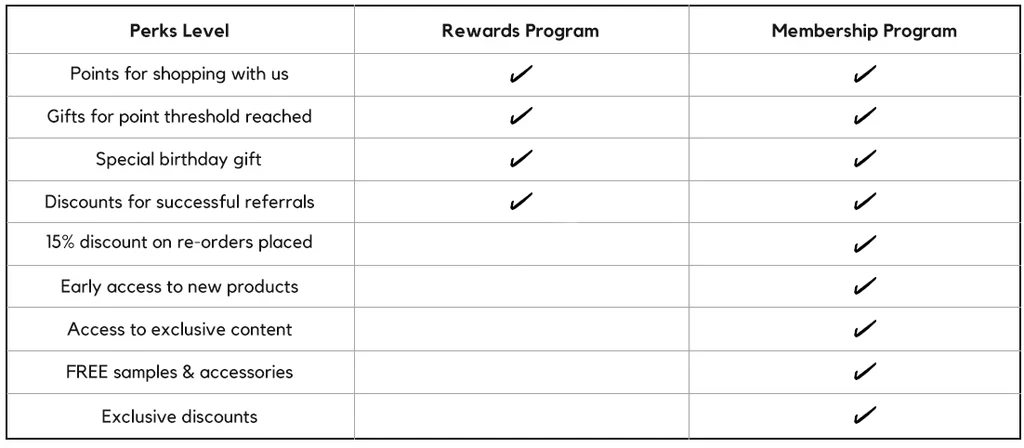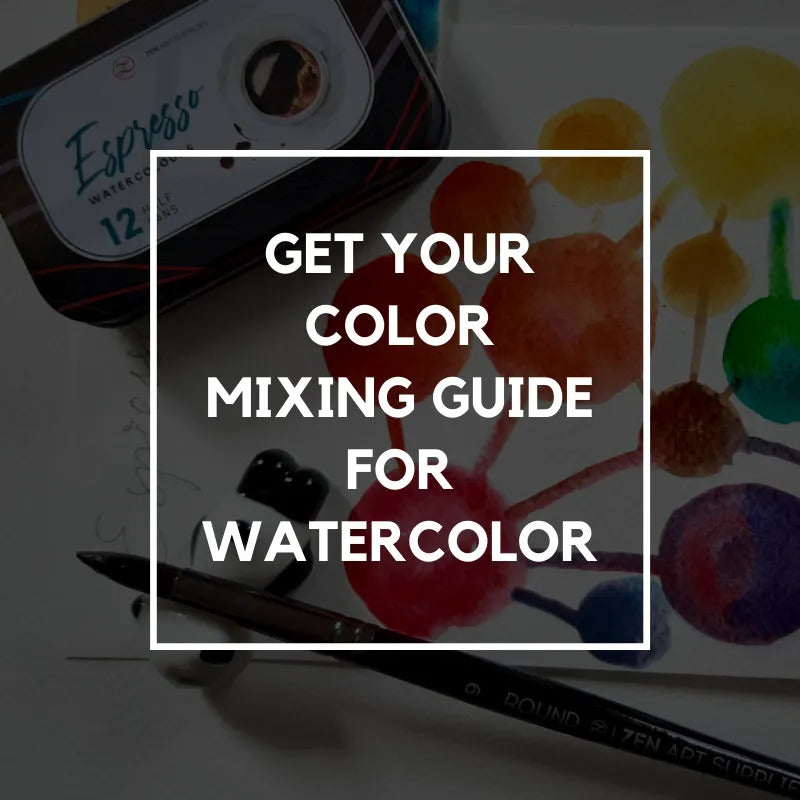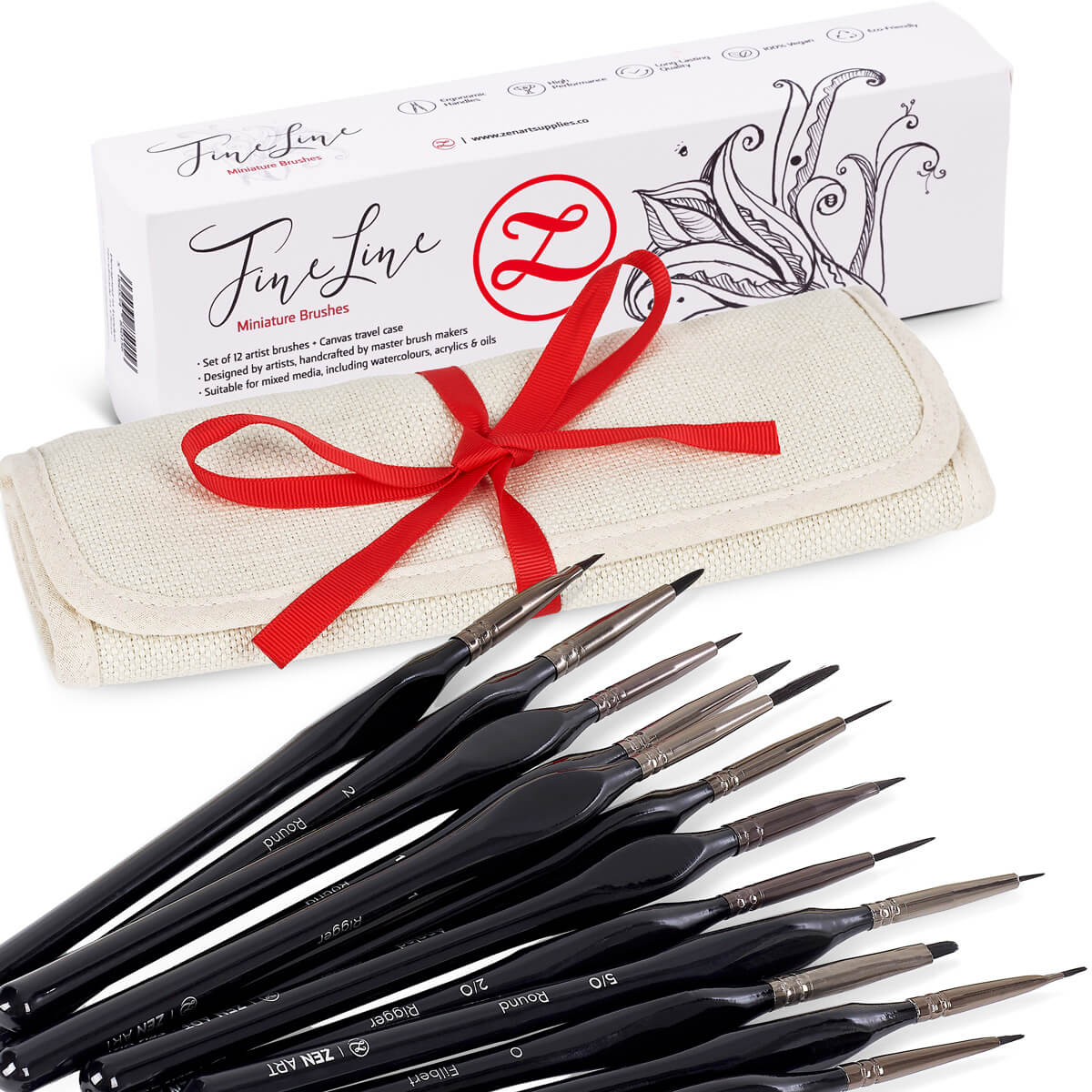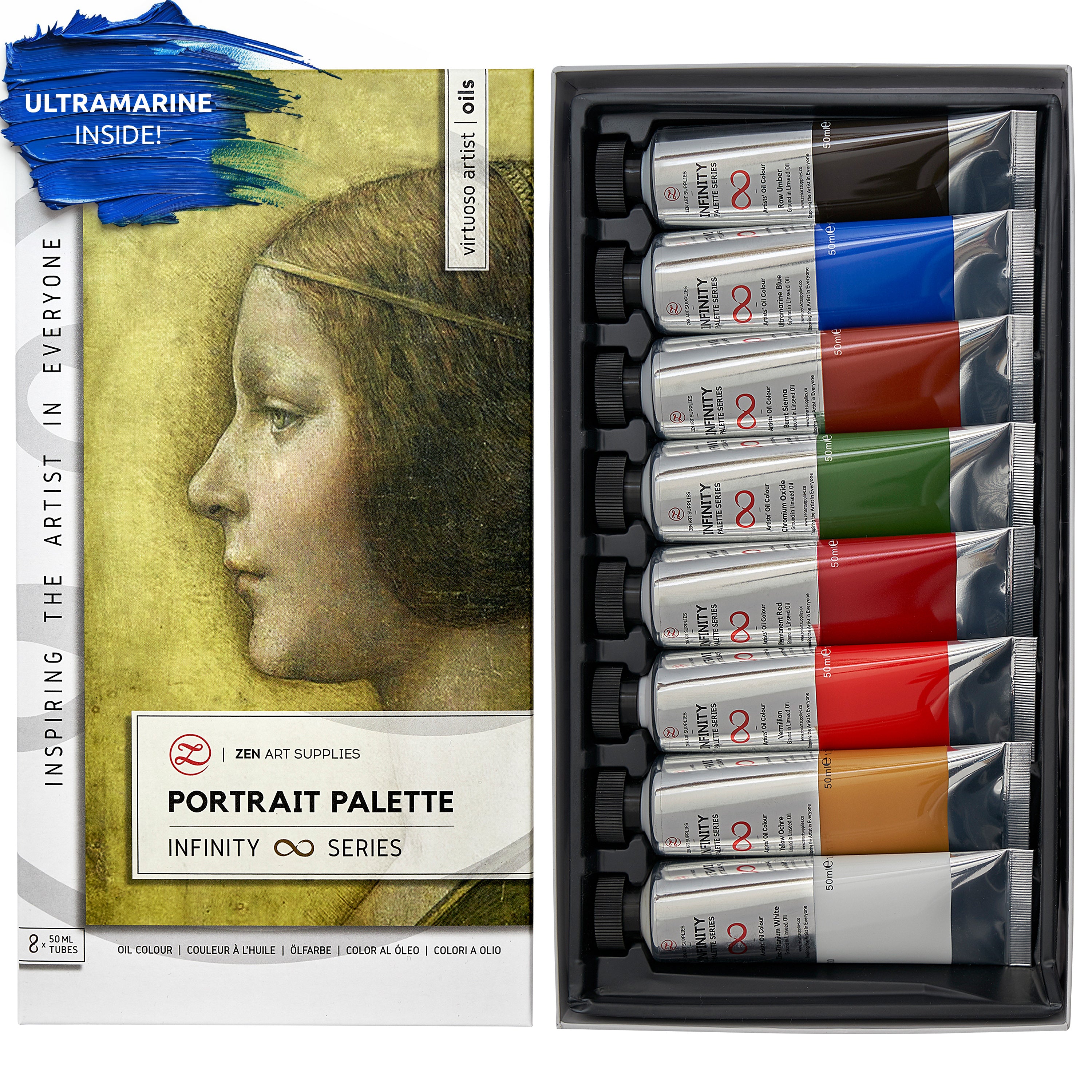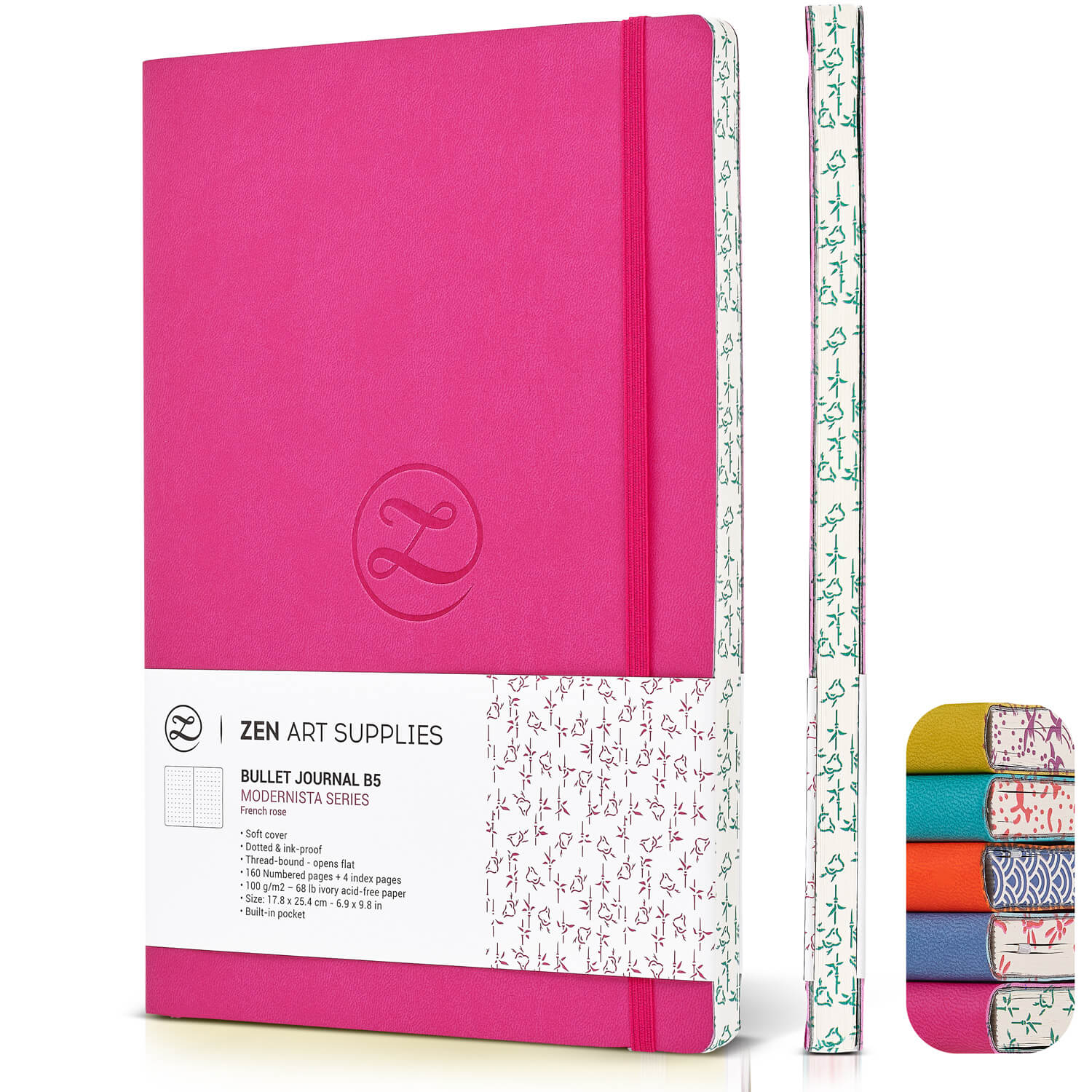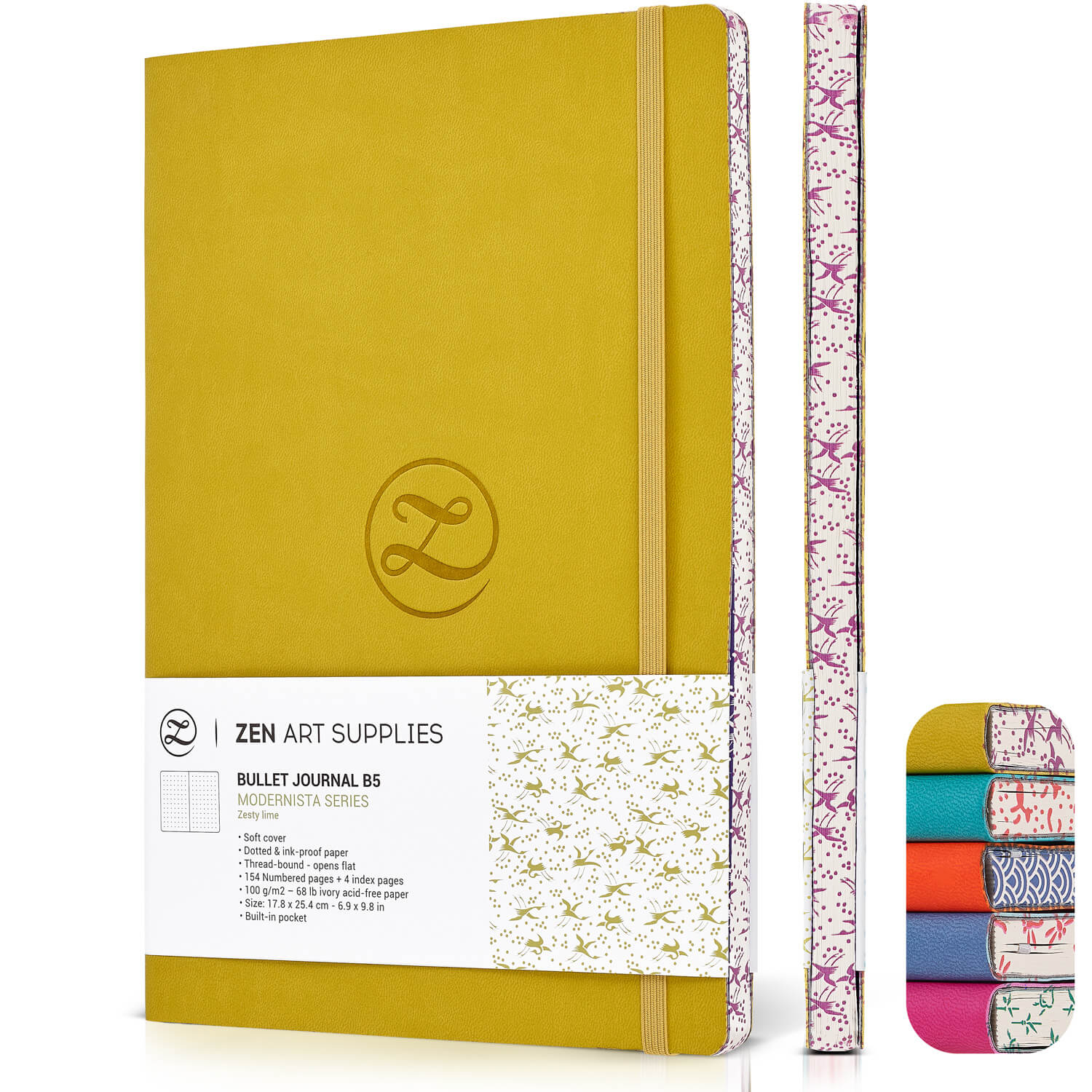Color Theory | Color Biases | Limited Palettes | Tonal Values | How To Create Watercolor Mixing Recipes With Charts
Just a quick segue before we go into how to mix watercolors - you might also be looking for an easy guide into the basic watercolor brush strokes. Drop by our previous Toolkit article - Watercolor Strokes - A Beginner's Guide. It's perfect if you're just starting out on watercolors and it's good practice even if you're no longer a beginner.
TABLE OF CONTENTS: Looking for something in particular? Jump ahead using the links below:
What's The Secret To Mixing Watercolors Correctly?
Color Wheel
How To Mix Watercolors Using Color Theory
Primary, Secondary and Tertiary Colors
Color Bias of Primary Colors
Color Harmonies For Mixing Watercolors
How To Create Watercolor Mixing Recipes With Charts
Tonal Values
Tips For How To Mix Watercolors
There's nothing more frustrating than trying to mix certain colors but always ending up with something totally different, or worse - something that looks muddy. When you're not aiming for mud at all. Don't worry, we all go through this phase. I'm pleased to tell you that there's a way for you to get the colors you want to mix and even discover new ones you didn't even plan on creating.
Understanding the basic principles of mixing colors is essential to any budding artist. More so with watercolors as you can fully play around with how you mix them in multiple transparent layers. The attraction of watercolor as a medium is its capacity for beautiful transparency. This characteristic sets it apart from other mediums.
What's The Secret To Mixing Watercolors Correctly?
The secret to getting the colors you want is by understanding color theory. Before you think - Oh nooo, theory?! Don't go away yet, it's not that bad I promise. And you already did some part of it in school. Remember when you had to make your own color wheel? That's right, it all starts with that.
Color Wheel
A regular color wheel has 12 colors. It teaches us how to create new colors from just three main colors. And it shows us the relationships between those colors, there's nothing better than a visual illustration to better understand this.


When starting out, it's quite natural for you to pile several layers on top of each other - it is fun to see the effect after all! But it can also be frustrating when you don't always end up with the colors you thought you were going to end up with in your mind's eye. And that's okay, it's why we keep experimenting and trying mixes out for ourselves. The joy of discovering watercolor mixing recipes that you love and will probably use forever will take away the exasperations of all the weird ones you made along the way.
How To Mix Watercolors Using Color Theory
By understanding how color theory works, you get to save your precious watercolors from being unnecessarily wasted. It's always fun to experiment and explore, and I encourage you to keep doing it. But there are times when you just need particular colors exactly the way you need them to be. It's always useful to know how to mix them without going through all the trials and tribulations. Let's start with the basics!
From the Allegro Palette, I used Lemon Yellow, Scarlet, and Phthalo Blue as the Primary Colors. Using these atom-like bond structures, you can create your new mixtures and connect them to their source. A wonderful way to keep track of your watercolor mixing!

Now using the Sereno Palette, Hansa Yellow, Permanent Red, And Ultramarine Blue were used as the primary Colors. This new set of primaries created differently colored secondaries as well.



Primary, Secondary and Tertiary Colors

Primary Colors
Any traditional color wheel starts with the primary colors - red, yellow and blue. These are the three foundation colors that you can't get by mixing any other colors. They are the root of all the other colors on the wheel.

Secondary Colors
The secondary colors are the colors you get by mixing two of the primary colors together. Red + Blue, Yellow + Red, and Blue + Yellow.

Tertiary Colors
And the tertiary colors are what you get when you mix the primary and secondary colors that are next to each other on the color wheel.

There you go, now your color wheel is complete! And on to the next part...
Color Bias of Primary Colors
In the past, I remember getting quite frustrated because the violet that I was trying to mix wasn't turning out the way I wanted it to. It wasn't the right color, but how come? I was mixing red and blue, that should give me the violet I was looking for. At the time, I wasn't familiar yet with color bias. Later on I found out that how your watercolor color mixing turns out is based on the color bias of your primaries. First you have to determine whether it has a warm or cool color bias. Below is a list of the warm and cool color biases of the primary colors.

When I say color bias it means each kind of primary color has a leaning (bias) towards another primary color than the other. Where it leans towards will give you the kind of color bias it has.
For example, Carmine is a red with a blue color bias, while Cadmium Red has a yellow color bias. Knowing the bias of the colors in your palette will greatly improve your color mixing techniques, making them more precise and a lot easier to achieve. Blues with red biases will make more vibrant purples when mixed with red, but will make more muted greens when mixed with yellow. The best way to find out is to mix and experiment with your colors.
How To Mix More Vibrant Secondary Colors
If you want to mix a saturated purple, choose a red with a blue bias and a blue with a red bias. By keeping your mixture to only two primaries, your color will come out vibrant. Use the same method for a more vibrant green and orange.

How To Mix More Neutral Secondary Colors
For mixing a more muted and neutral purple, use a red with a blue bias and a blue with a yellow bias. Now that you're mixing the three primary colors together, this gives you the more neutral version of the secondary colors.

Color Harmonies For Mixing Watercolors
When you create your compositions, a big part of that is also deciding on what color palette to use. You don't want to always end up with a mess of colors that you don't like after working on your painting for so long. Learning more about color harmony might just help you better envision the palettes that you might want to go with.
Complementary
Complementary colors are the two colors that are on opposite sides of each other on the color wheel. Compositions with this color combination creates an intense and dynamic contrast. If you mix complementary colors together, you get a neutral color that leans toward brown or grey.

Analogous
Analogous colors are colors that are next to each other on the color wheel, side by side. This makes them harmonious and easier to blend.

Monochromatic
Monochromatic color uses only one color (hence the mono) and relies on the different tints, tones, and shades of the color to create depth and variety.

You may want to know more about the other color harmonies and color theory, drop by this Toolkit article - Oil Painting Mixing Colors. Don't worry, it works for watercolors as well!
How To Mix Watercolors Using Limited Palettes
Working with a limited palette can greatly improve your watercolor mixing techniques. It simplifies your choices and will also help you with your color harmonies. This will also keep you from buying too many colors that you might not even end up using.

Marine Limited Palette
Using colors from the Allegro Palette from our Aspiring Artists Watercolor Series, a limited palette of six colors can be mixed to be used for painting marine subjects. Try not to overmix when creating mixtures, it's also beautiful seeing how the colors are mixed together but still seeing the origin colors. See the interesting effect it makes below.

Animal Limited Palette
Still using colors from the Allegro Palette from our Aspiring Artists Watercolor Series, now you can see that a limited palette of seven colors is used to mix colors that can be used for painting a variety of animals. It's a menagerie of colors!

How To Create Watercolor Mixing Recipes With Charts
Creating mixing charts with the colors you have is very useful. You will be able to see what colors you can make by mixing each color with the other colors in your chart. It's the perfect way for you to explore and have fun with your color palette! And with the added bonus of discovering mixes that you never would have found otherwise.
It's also great for seeing each color's level of transparency or opaqueness. And the granulation that occurs, of course! So don't let the idea of charts discourage you from trying it out. Swatching your colors is the best way to learn the various ways that you can use them in your paintings.
Color Chart Using Your Own Watercolor Palette
Before you get too excited and buy different kinds of colors or palettes, why not play around with the one you already have at hand. If your watercolor palette has two kinds of each primary color - an essential palette - that's already great to start with!

The chart is partitioned into two main parts. The upper right area is where you'll be mixing your colors in very saturated mixtures. While the lower left area is where you'll be mixing mid-saturated mixtures. And finally, the diagonal line that divides the two will be in a very pale and light wash. The idea is to also learn how to mix watercolors in different levels of saturation, that way you'll see what the mixtures look like and how they change depending on the amount of water you use.


You can print out and create as many charts as you want. Start with your essential colors, but feel free to chart out all the other colors in your palettes! And you can even extend this chart as long as you want! Just attach them closely together, don't forget to remove or cut out the margins for a seamless long chart.
How To Mix Blacks
Most palettes nowadays already come with a black tube or cake. But many artists still prefer mixing watercolors to create their own "blacks." Not everyone wants to paint using the very stark black that comes with their palettes. There are times when you yourself will prefer to mix certain kinds of black for certain subjects or for a specific effect you're trying to achieve. Below I showed several ways of mixing blacks, so no matter what colors you have on hand, you can always make your own black.

How To Mix Greens
It's a good idea to create a green mixing chart using your different blues and yellows. This will give you a better understanding of how you can achieve the different kinds of green you'll be needing when you paint landscapes and flora. Nature is rich with all kinds of greens you can think of!


Tonal Values
Tonal value is the lightness or darkness of a colour. Generally speaking, this can be obtained by adding pure black, pure white, or gray to it. A colour is made darker by adding black, and is referred to as a "shade." It is made lighter by adding white, referred to as a "tint." And gray can be used to darken or lighten it, and is referred to as "tone."
But in the case of watercolors, the strongest tonal value you get is the pure pigment you squeezed straight out of a tube. To lighten it, you add water in varying amounts. The whiteness or the color of your paper shows through because of the transparency of watercolors, and that adds to the "lightening" effect.

Even though it's tempting, try to minimize using white or black paint for lightening or darkening your mixtures. It can alter the vibrancy and may cause your colors to look dull.
Create tonal charts in different colors, it's good practice to help you have better water control when mixing watercolors.
How We Can Use Colors To Paint Our Moods:
The Inspiration Behind The Aspiring Artists Watercolor Palettes
Using art as therapy has greatly helped people from all ages and all walks of life. The Aspiring Artists Watercolor Palettes were created with this concept in mind. Palettes that you can choose from to paint your mood and aid you with your mental wellbeing. With art, you don't have to talk to express your thoughts and emotions. Sometimes you'll reach for Allegro - a palette with warmer and sunnier colors. And sometimes you're in the mood for Sereno - with its cooler and calmer colors.

Find out more about Colors and Emotions In Art in another Toolkit article featuring the Aspiring Artists Watercolor Palettes. So keep an eye out for them!
And now you've come to the tail end of things! I hope that helped you have a better idea of the ins and outs of watercolor mixing. Take it one step at a time and you'll start to master it before you even know it! I'll leave you with some quick reminders and tips below...
Tips For How To Mix Watercolors
- Focus on mixing for the right tone first and with a good enough amount of paint, you don't want to run out of it midway. Sometimes it can be hard to recreate the exact mixture again.
- When creating mixtures, add colors slowly in reasonable increments. Start with the lighter color first and slowly add the darker into the mix. It's so much easier to add bit by bit, but you can't take back what you accidentally mixed in too much of. Make sure to mix a more saturated tone to start with. You can always add more water as needed for toning it down.
- Try not to add too much water to your whole mixture, you can make a separate watered down version to the side of it by getting some of the original and adding more water. That way you still have the deeper tone when you need it.
- Have a handy scratch paper on the side while mixing and painting. It's good to test it out first before using it on your painting. Sometimes we think it already looks like the right color or the right tone, but when swatched isn't exactly what we thought it would be.
- Keep your mixing charts handy so you can easily consult them when you're looking for a particular mix that you know you've already made before.
- Keep practicing and experimenting! Nothing beats continuous practice, it's the best way to learn how to mix watercolors. But most of all, have fun with the process!

We'd love to hear back from you!
Do you have a limited palette that you usually use for your own paintings? Which color harmony would you like to try out first? What colors do you plan to mix together with for your own color chart? What future content would you like to see from us? Let us know what you think, we'd love to hear back from you. Feel free to leave a comment, and we'll be happy to answer any queries you have.
Learn more about the basic how tos of watercolor painting in our next Toolkit article - How To Watercolor For Beginners - Tutorial. Meanwhile, have a wonderful time exploring and mixing watercolors!
- MEET THE AUTHOR-

Ardak Kassenova is a London based contemporary artist, co-founder and creative director of ZenART Supplies. Her visual style-contemporary impressionism-share similar aesthetic qualities with those by the French Impressionists. After 20 years of a successful corporate career, becoming a mother to two wonderful girls, and with the continuous development of her practice by taking private lessons from the best artists she could find; Ardak decided it's time to align her life with her true passion, Art. Driven by this passion and her corporate leadership background, she co-founded ZenART.
"My heart and soul were always with Art, and since my childhood as long as I remember myself, I was dreaming to be an artist. I was painting after work, when I had time, and teaching myself through the books, videos, visiting art galleries and museums. I've been very curious about different techniques and styles, and therefore accumulated knowledge and experience on a variety of mediums."
Read more about Ardak Kassenova in this feature. Say hello to @ardak_zenart on Instagram!







